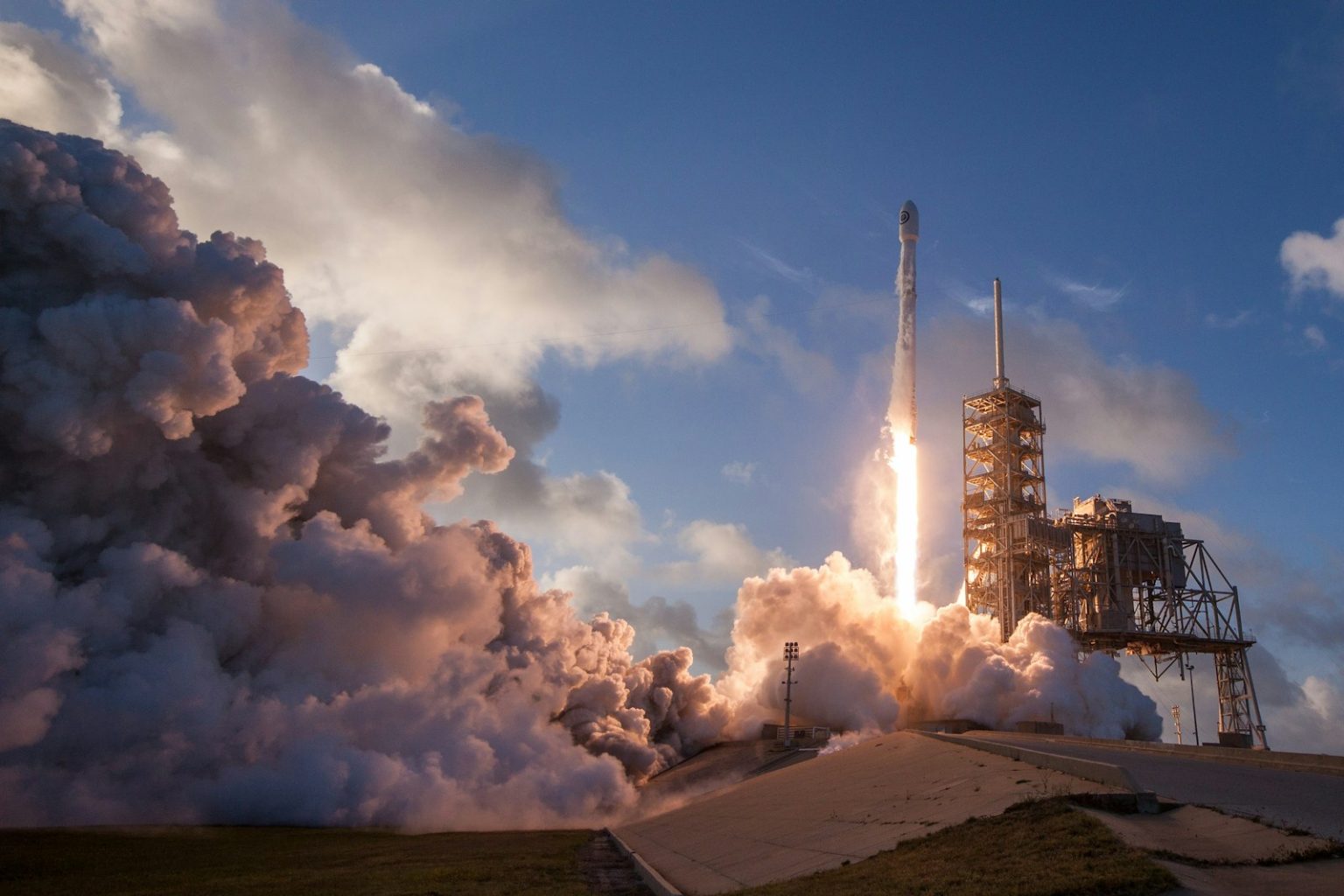SpaceX, the pioneering space exploration company founded by Elon Musk, has recently announced plans to dispose of 100 Starlink satellites within the next six months. This decision comes after the identification of a design flaw that could potentially lead to satellite failures. In a bid to prevent any risks posed to other spacecraft, SpaceX intends to conduct controlled de-orbiting manoeuvres, ensuring that the satellites burn up harmlessly upon re-entry into the Earth’s atmosphere.
While the move aims to mitigate risks in space, concerns are emerging within the scientific community regarding the environmental impact of such actions. Atmospheric scientists have raised alarms, suggesting that the disposal of satellites in this manner could exacerbate climate change on Earth. A recent discovery of potential ozone-depleting metals from spacecraft in the stratosphere has intensified these concerns, shedding light on the broader implications of space debris management.
The proliferation of satellites, particularly within the relatively low Earth orbit (LEO) where vital Earth monitoring systems operate, has led to increasing congestion in space. With Starlink alone boasting over 5,000 satellites in orbit, the need to address space debris has become a pressing issue for the space sector. Regulations stipulate that newly launched spacecraft must be removed from orbit within specific time frames, either by transitioning to a designated “graveyard orbit” or by re-entering the Earth’s atmosphere.
Satellites designed for lower orbits typically utilise remaining fuel and gravitational forces to facilitate controlled re-entry. This process aims to ensure that spacecraft disintegrate upon re-entry, minimising the risk of hazardous debris reaching the Earth’s surface. NASA and the European Space Agency advocate for a design philosophy known as “design for demise,” which prioritises the development of satellites capable of safely disintegrating during re-entry.
However, concerns persist regarding the potential impact of satellite disposal on Earth’s upper atmosphere. While regulations mandate that satellite operators demonstrate minimal risk to human safety, questions linger regarding the broader environmental consequences. Despite initial assumptions that satellite re-entry posed negligible environmental threats, recent research has prompted a reassessment of these assumptions.
Atmospheric climate scientists draw parallels between the presence of spacecraft particles in the atmosphere and the depletion of the ozone layer, a phenomenon extensively studied over the past four decades. While ozone loss primarily results from human-made industrial gases, the introduction of additional particles from spacecraft raises questions about their potential contribution to atmospheric processes.
Dan Cziczo, an atmospheric scientist at Purdue University, highlights the uncertainties surrounding the impact of spacecraft particles on atmospheric dynamics. Of particular concern is the potential for these particles to facilitate the formation of polar stratospheric clouds, which could exacerbate ozone depletion. Additionally, the influence of spacecraft particles on the formation of cirrus clouds in the lower atmosphere introduces further complexities to the climate system.
Despite growing concerns, scientific consensus on the precise implications remains elusive. While some astrophysicists speculate about potential chemical reactions triggered by spacecraft particles, rigorous empirical evidence is lacking. The challenge lies in balancing the need for decisive action with the imperative for robust scientific inquiry. Rushing to conclusions risks undermining the credibility of research efforts, while delaying action could exacerbate environmental risks.
As the debate unfolds, stakeholders must navigate the complexities of space exploration and environmental stewardship. With the space sector poised for continued expansion, addressing the environmental footprint of satellite operations becomes increasingly imperative. Collaborative efforts between scientists, policymakers, and industry leaders are essential to develop sustainable practices that safeguard both space and Earth’s ecosystems.
In conclusion, while concerns surrounding the environmental impact of satellite disposal persist, the path forward requires a nuanced approach that acknowledges the uncertainties inherent in complex systems. By fostering interdisciplinary dialogue and prioritising scientific integrity, stakeholders can chart a course towards responsible space exploration and environmental stewardship.


